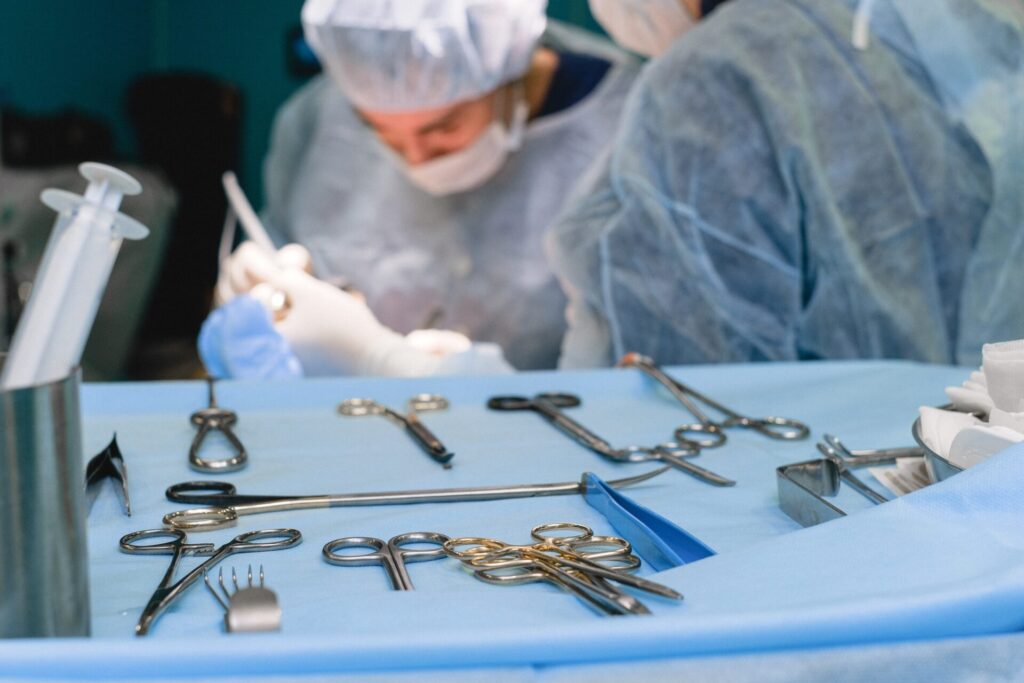How Physical Therapy Helps After Hip Arthroscopy
Have you had a hip arthroscopy procedure and want to minimize the recovery time? Physical therapy is key to getting back to your normal daily activities as quickly as possible. Not just any physical therapy program, though; you need one tailored specifically for post-hip arthroscopy patients. That’s why it’s important to find knowledgeable professionals who understand how best to help those recovering from this surgery. In this blog, we’ll discuss why physical therapy is an essential element of recovering after undergoing hip arthroscopy and what elements should be included in your individualized rehabilitation plan.
Overview of Hip Arthroscopy and its Benefits
Hip arthroscopy is a minimally invasive surgical procedure that has proven to be highly beneficial over traditional surgery. Its main aim is to treat a variety of hip disorders, including femoroacetabular impingement, labral tears, hip dysplasia, and osteoarthritis. Its biggest advantage is that it allows for a smaller incision, which means less recovery time after surgery, and a decreased risk of complications. Other advantages include less tissue damage, less pain, and a quicker return to normal activities. The procedure is performed using a tiny camera, which is inserted through small incisions in the hip, allowing the surgeon to view the hip joint with precision. Overall, hip arthroscopy offers a great alternative for patients seeking effective treatment for hip-related injuries and conditions.
Risks Involved in Hip Arthroscopy
Hip arthroscopy is a minimally invasive surgical procedure that can help alleviate pain and increase mobility in patients suffering from various hip conditions. However, like any surgical procedure, there are risks involved that should be taken into consideration. Some of the potential risks of hip arthroscopy include infection, nerve damage, blood clots, and damage to surrounding tissues or bones. While these risks are relatively uncommon, patients need to understand the potential complications that can arise from this procedure. In many cases, the benefits of hip arthroscopy outweigh the risks, but it is important to discuss individual risks and potential outcomes with your healthcare provider to make an informed decision.
Physical Therapy After Hip Arthroscopy
Hip arthroscopy is a minimally invasive procedure used to diagnose and treat injuries in the hip joint. Patients who undergo this procedure may require physical therapy after to help restore range of motion, strength, and flexibility. Physical therapy after hip arthroscopy can be a challenging but crucial step in the recovery process. A skilled physical therapist can customize a program to address the unique needs of the patient, helping them to regain strength, improve mobility, and manage pain effectively. With a commitment to consistent and targeted therapy, patients can expect to see significant improvements in their hip function and overall quality of life.
Strengthening Exercises for the Hips
Keeping our hips healthy and strong is key to maintaining our overall physical health. Regular exercise that targets the hips can reduce the risk of injury and improve flexibility, balance, and stability. Strengthening exercises for the hips can also alleviate discomfort and pain caused by conditions such as arthritis or sciatica. By incorporating targeted movements into our fitness routine, we can help build strong and resilient hip muscles, thus promoting better overall health. Whether you prefer yoga, Pilates, weight training, or other forms of exercise, there are a range of exercises that can help strengthen your hips and keep you moving with ease and confidence.
Stretching Exercises for the Hips
Hip mobility is crucial for maintaining balance and stability in everyday activities. Incorporating stretching exercises for the hips into your workout routine can prevent injuries and improve overall performance. Whether you’re an athlete or simply looking to improve your flexibility, incorporating targeted hip stretches can make a significant difference. Try the butterfly stretch or the pigeon pose for a gentle release in the hips. Or challenge yourself with hip-opening yoga poses such as Warrior II or Frog pose. Make stretching for your hips a regular part of your routine and enjoy the benefits of improved mobility and flexibility.
Tips to Speed Up Recovery Time
When dealing with an injury, illness, or surgery, it can be frustrating to have to slow down and allow your body to heal. However, taking the time to properly recover is crucial to avoid further complications and ensure your body is back to full health. Fortunately, there are steps you can take to speed up your recovery time. These include getting plenty of rest, practicing proper nutrition, following a rehabilitation plan prescribed by your healthcare provider, and incorporating low-impact activities such as yoga or walking into your routine. While it may be tempting to rush back into your normal routine, taking the necessary time to heal properly can ultimately lead to a quicker and more complete recovery.
Conclusion
All in all, hip arthroscopy is a reliever of pain and suffering for those experiencing debilitating hip conditions. Despite the potential risks associated with the procedure, its advantages far outweigh them and many people have found relief after having it. Thorough and consistent physical therapy afterward is key to maintaining optimal recovery. Regular strengthening exercises as well as stretching have proven to not only improve overall muscle tone and mobility but also decrease swelling and stiffness in the hips. Certainly, respecting your body’s limits is essential to ensure complete healing; however, by heeding these renowned tips – alongside any others suggested by healthcare professionals – you can be sure you will return to your daily action in no time!

